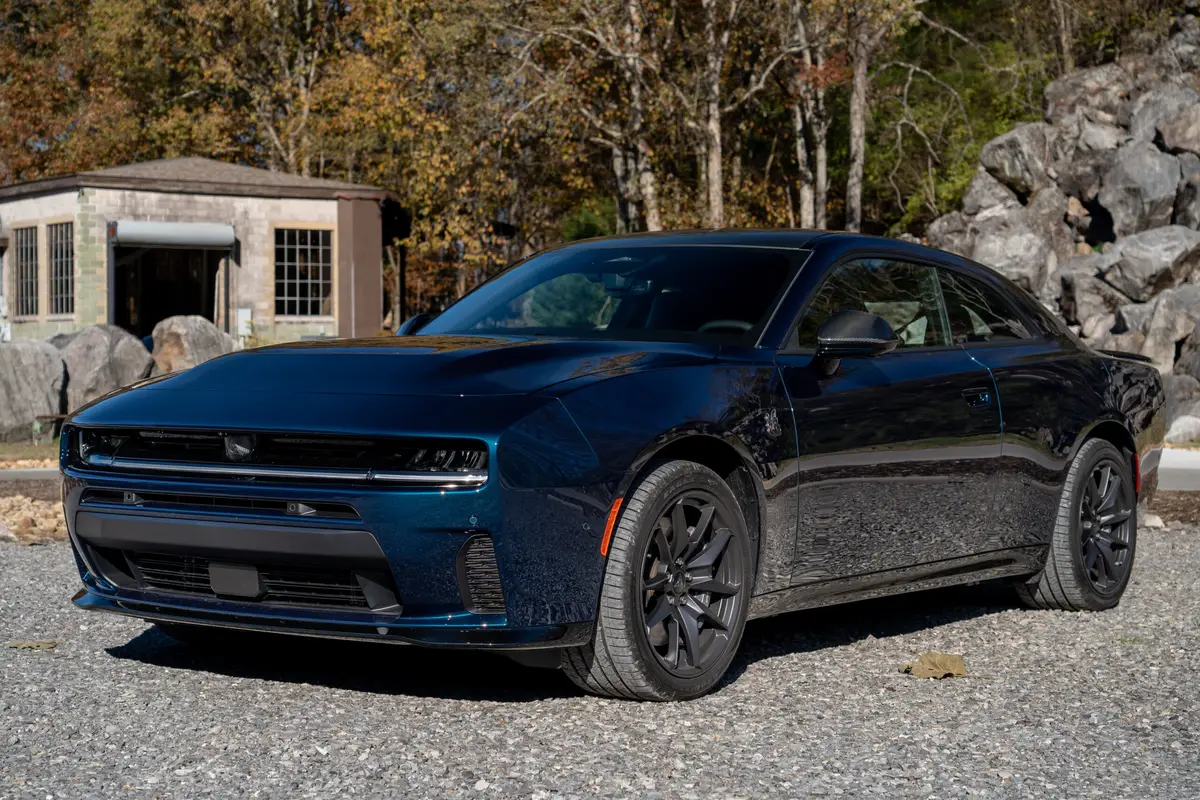Is the 2025 Rivian R1S a Good 3-Row Electric SUV? 5 Pros, 2 Cons
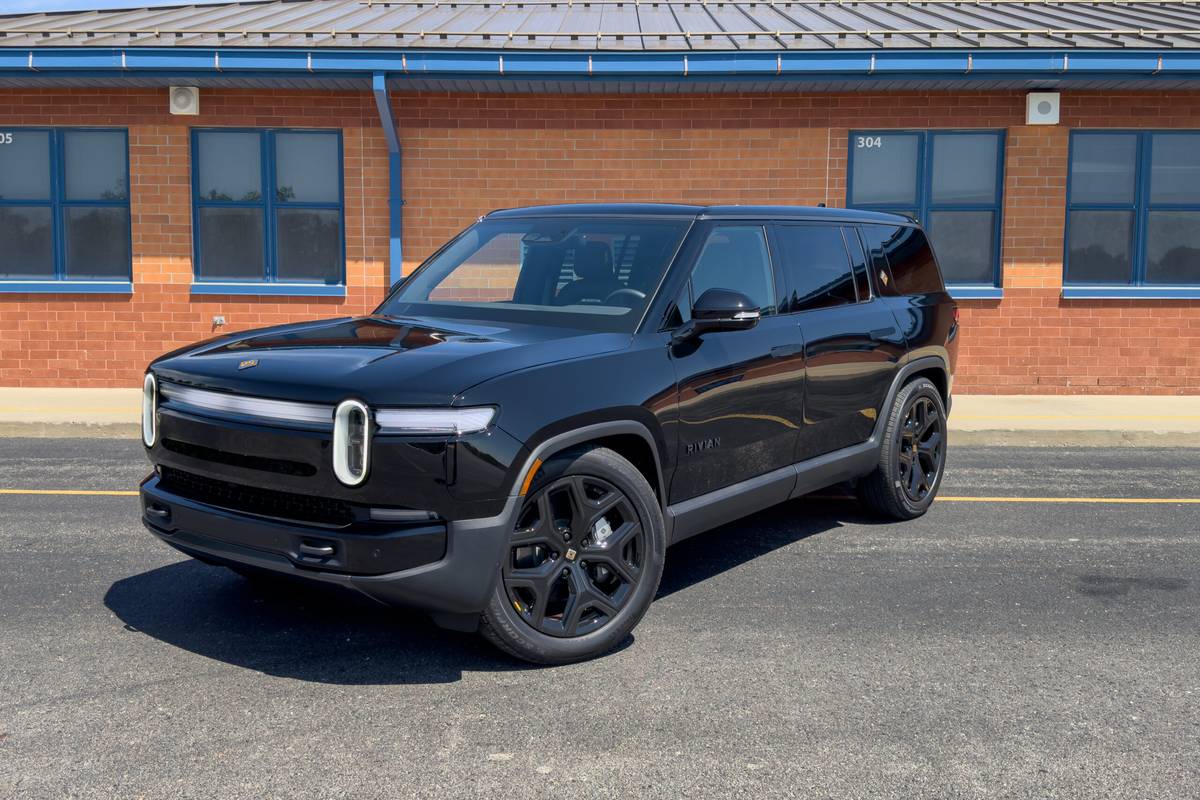
Key Points:
- Cars.com editors liked the all-electric 2025 Rivian R1S SUV for its 665-plus horsepower, quick DC fast charging, new suspension, infotainment system and upscale interior.
- On the other hand, editors disliked the R1S’ touchscreen-reliant controls and stiff ride.
The Rivian R1S launched for the 2022 model year, offering buyers a spacious, all-electric, three-row luxury SUV from an upstart manufacturer as an alternative to competing models from established brands like BMW, Mercedes-Benz and Tesla. While an extensive redesign for 2025 leaves the R1S looking largely the same as before, Rivian is calling it a second-generation model because so much has changed underneath.
Related: 2025 Rivian R1S Review: Invisible Changes, Still a Champ
Not much has changed visually for the R1S besides new LED headlights that can adapt for oncoming vehicles and the discontinuation of the old foglights. But new oil-cooled electric motors provide more power and increased efficiency, and there’s a new air suspension. The R1S also gets a new infotainment interface, as well as added technology for enhanced safety and autonomous driving capabilities. Beyond that, Rivian didn’t mess with the R1S’ luxurious interior, capability or all-around appeal, which help make it one of the better choices in the category.
Cars.com Detroit Bureau Chief Aaron Bragman spent a week with an updated R1S in the Dual Max Performance trim, and he found that the changes are mostly for the good. Tap the link above to read his expert review; or for a quicker look, here are five things we like about the 2025 Rivian R1S and two things we do not.
What Do We Like About the 2025 Rivian R1S?
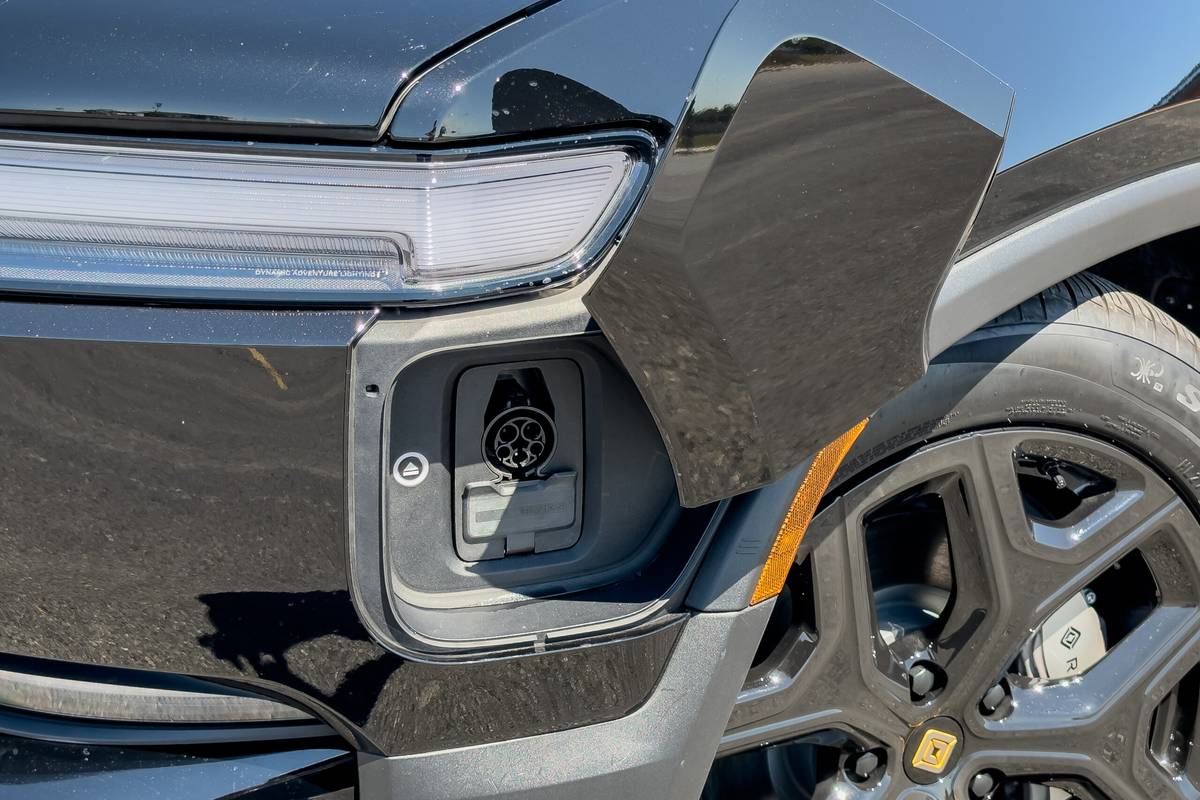
1. Plenty of Power
The previous R1S was no slouch gathering speed, but the 2025 version really ups the ante with new oil-cooled motors. The Dual Max Performance trim like our tested vehicle gets the largest battery available, which is paired with one motor driving each axle for a total of 665 horsepower and 829 pounds-feet of torque. A 0-60 mph acceleration run takes just 3.4 seconds, according to Rivian, which is pretty impressive for a 6,500-pound vehicle. If that’s not quick enough, other powertrain options pump out as much as 1,025 hp and 1,198 pounds-feet of torque.
2. Faster Charging
The R1S’ DC fast-charging capability has improved, allowing the SUV to go from a 10% charge to 80% in anywhere from 30-41 minutes, depending on the outside temperature and other factors. That’s impressive for any EV with up to 410 miles of range, let alone one this large and capable, and Rivian says that’s more range than any electric SUV available. (The base version can travel up to 258 miles on a charge.)
3. New Suspension
A new suspension features recalibrated air springs and revised dampers for a smoother ride, but the R1S still has a more athletic feel than some competitors. Equipped with 22-inch wheels and street tires with thin sidewalls, our test vehicle felt more lively and responsive than the last R1S we tested with its aggressive off-road tires. That behavior is reinforced with good steering feel and powerful brakes, but the trade-off is a stiffer ride than you might expect despite the revised suspension.
4. Slick Infotainment
The R1S’ dash looks much the same as before, dominated by a huge touchscreen that includes virtually all audio, climate and vehicle controls. Running Rivian’s proprietary multimedia software, the R1S gets a new interface with sharp high-resolution graphics and improved response time. With logical menus and plenty of screen real estate to work with, the system is easy enough to master (though we still prefer more physical controls; more on that below).
5. Luxe Interior
The electric SUV’s interior design is clean and modern, with quality materials and a solid, well-built feel that’s more luxurious than that of some competitors. There’s plenty of room in the first two rows and big, supportive front seats, but the third row is best left for kids. The Rivian’s boxy shape and large dimensions make for lots of cargo room with the rear seats folded.
Read More About the Rivian R1S:
- Rivian Rolls Out Second-Generation Quad-Motor With Four-Digit Horsepower and Torque
- Rivian Debuts California Dune Edition R1S, R1T
- Electric Cars With the Longest Range
- Which SUVs Can Tow at Least 5,000 Pounds?
- These Cars Do Well in Crash Tests for 2025, According to IIHS
What Do We Dislike About the 2025 Rivian R1S?
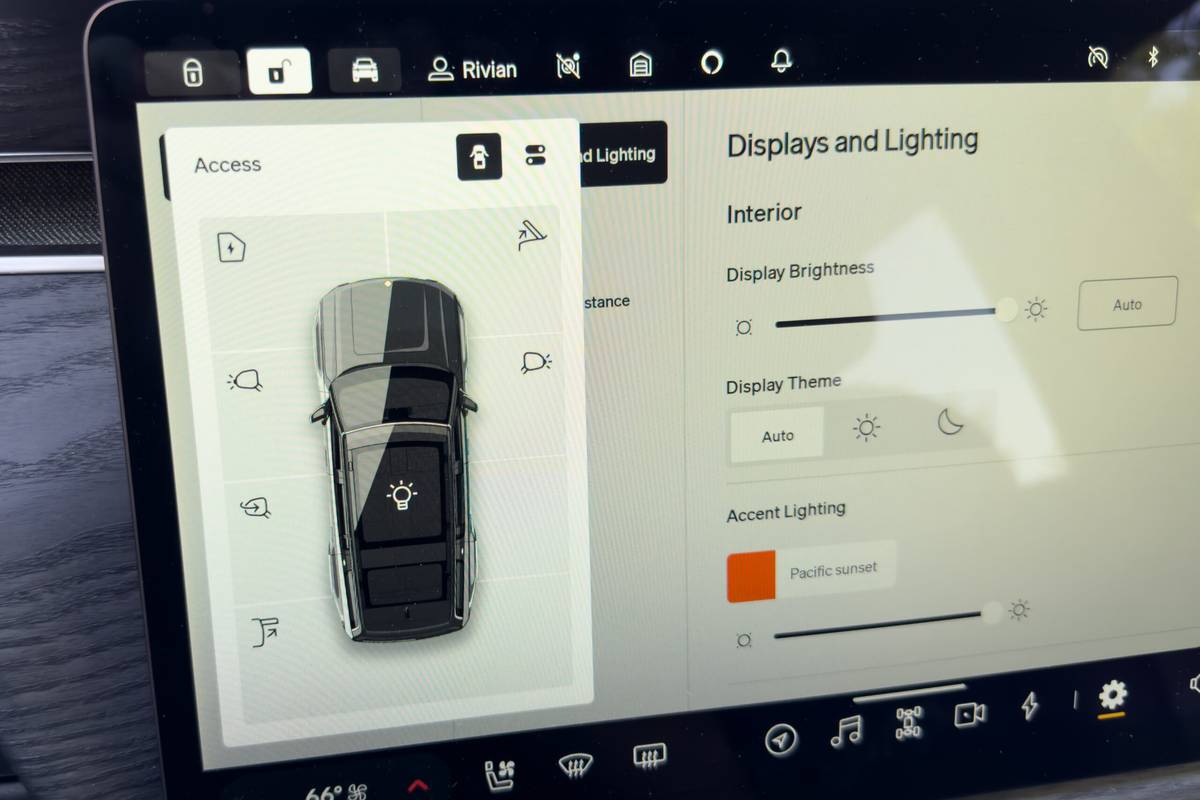
1. Digital Disappointments
Much like Tesla and some other EV manufacturers, Rivian relies on a huge touchscreen for almost all controls, including small things like adjusting air vents. While the system is generally easy to use, we still prefer the simplicity of physical controls for frequently used functions. Rivian also goes without Android Auto and Apple CarPlay, which may be a bigger drawback for some buyers.
2. Stiff Ride
The R1S’ new suspension offers several driving modes to tune the ride and handling to suit personal preferences. However, we found the ride to be stiffer than expected in a luxury SUV regardless of what setting was chosen, even when set on Comfort. That might not be an issue in parts of the country with friendly climates and smooth roads, but it’s not ideal for the pockmarked streets of cities like Detroit.
Related Video:
Cars.com’s Editorial department is your source for automotive news and reviews. In line with Cars.com’s long-standing ethics policy, editors and reviewers don’t accept gifts or free trips from automakers. The Editorial department is independent of Cars.com’s advertising, sales and sponsored content departments.
Featured stories
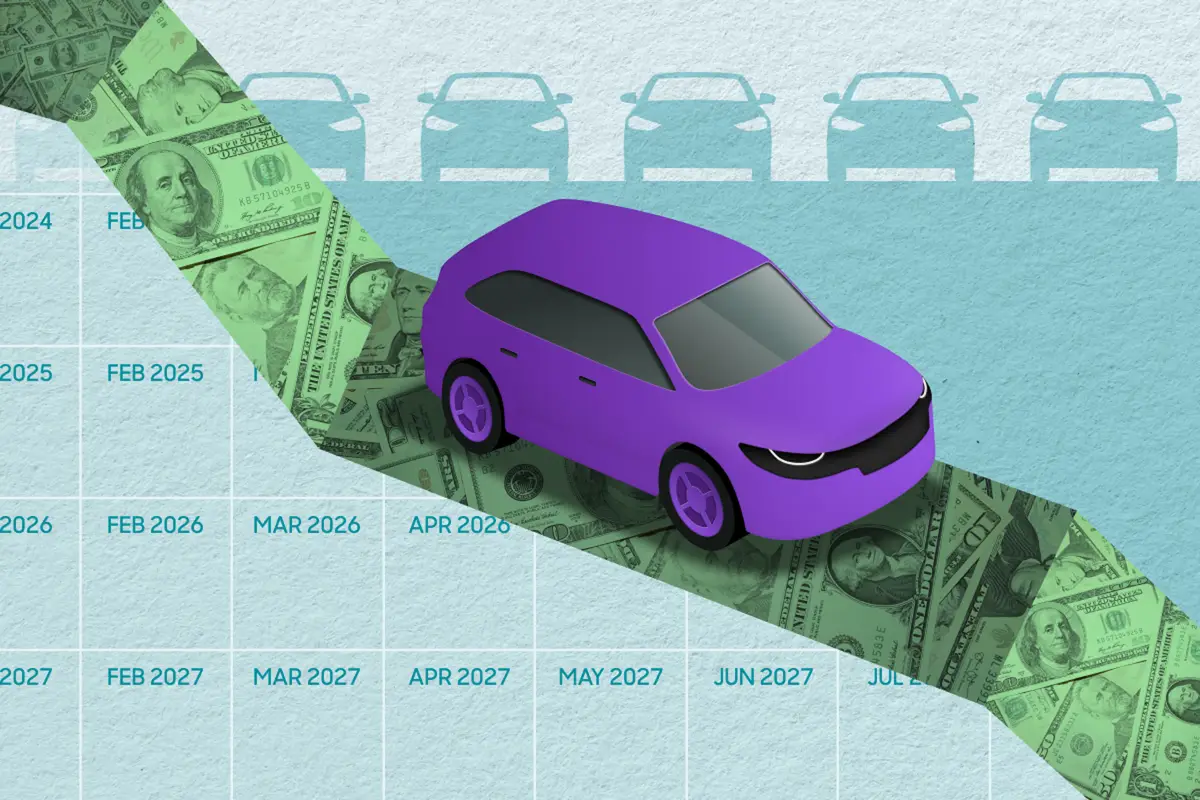
15-Year Car Loans Aren’t a Thing, But Americans Are Getting More Comfortable With Long Loan Terms
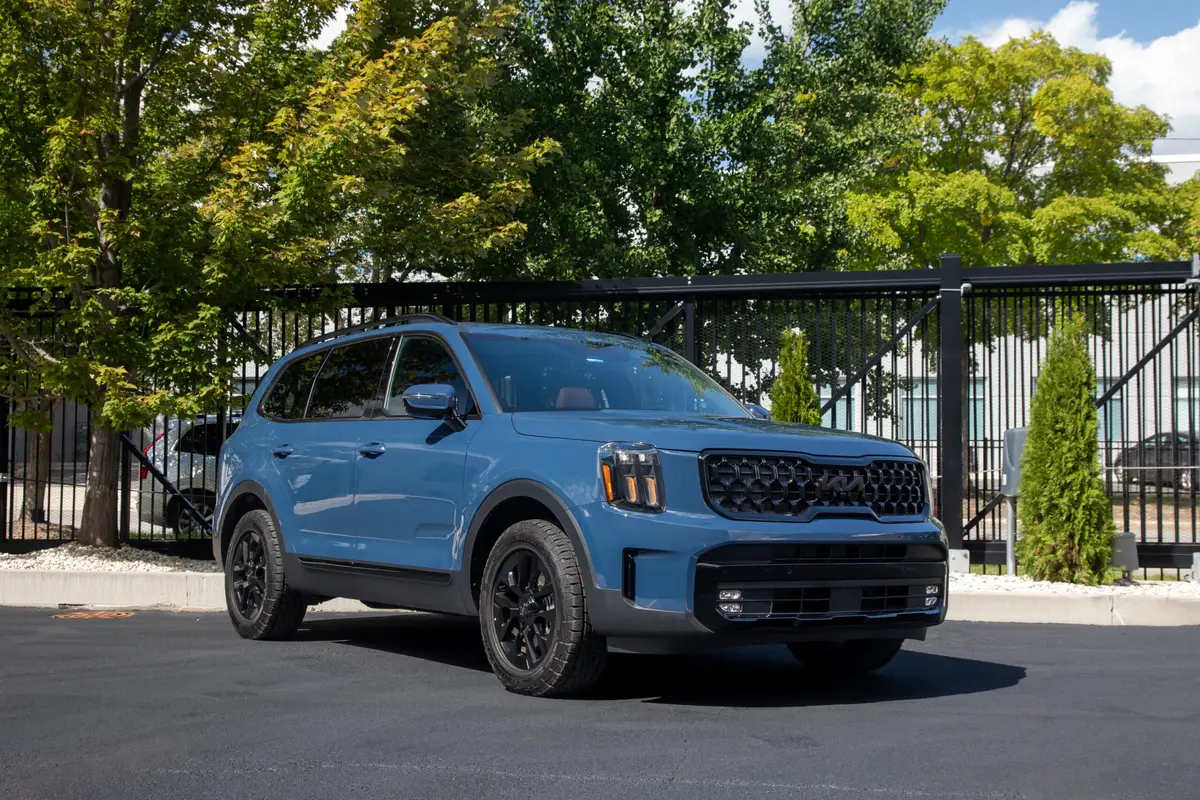
2025 Kia Telluride Review: Rougher Roads Ahead

